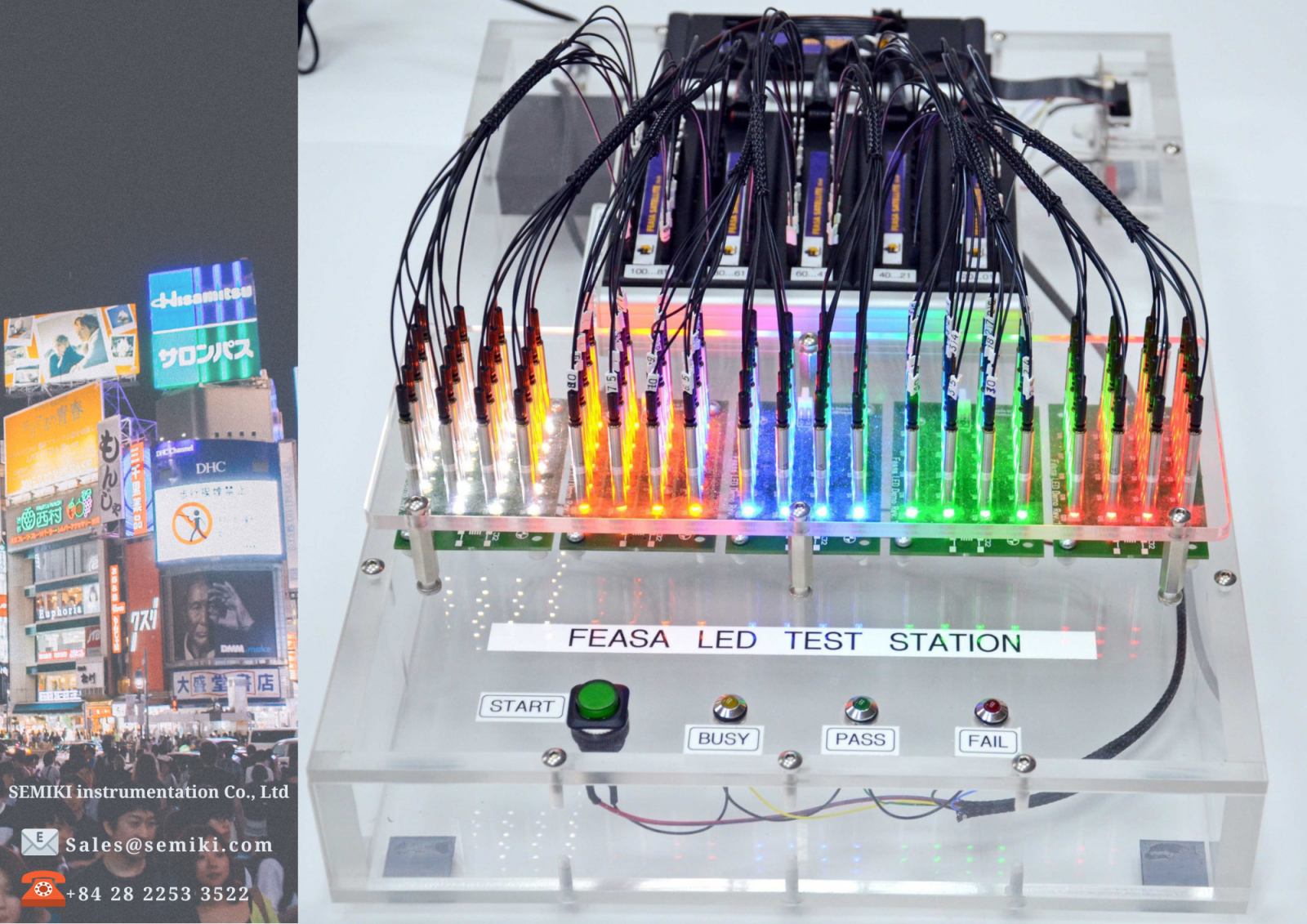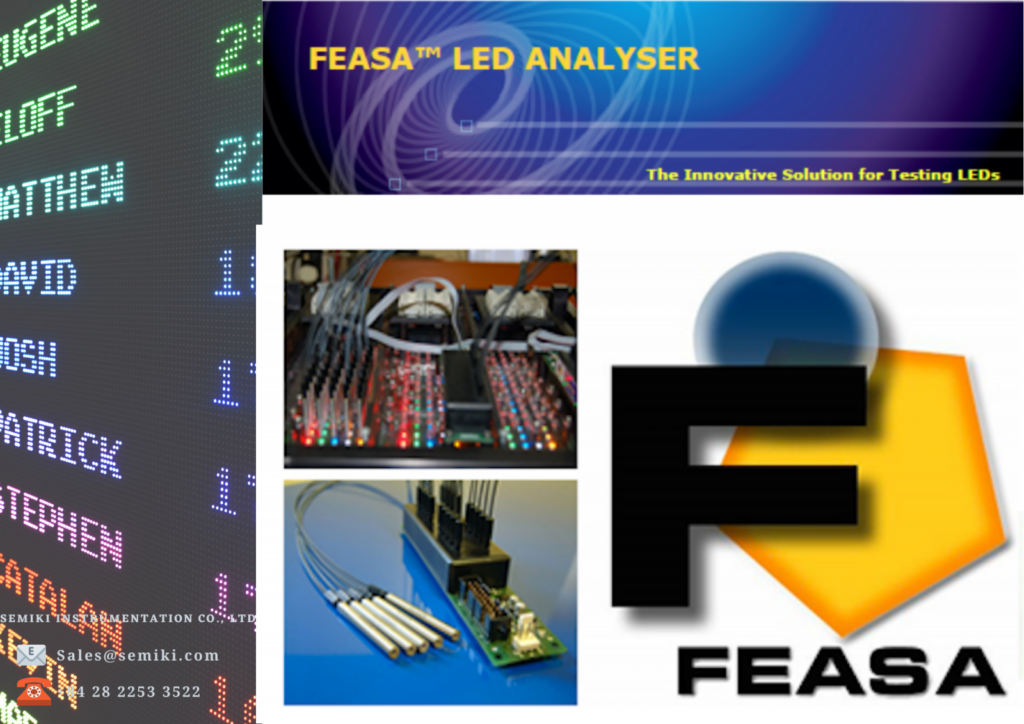

Light-emitting diodes (LEDs) are a type of semiconductor. LEDs were discovered in 1907, and red, orange, and yellow-green LEDs have been in practical use since the 1950s and are mainly used for indicator lights and other display applications.
In 1993, blue light-emitting LEDs were commercialized, and LEDs were widely used with the invention of blue light-emitting diodes in 1993. In 1996, white light-emitting diodes were perfected three years Then, draw attention to lighting and display applications. Until now, using incandescent and fluorescent lights is the popular trend, but LED lights are more energy efficient and have a longer lifespan. Today, they are widely used for residential lighting.
The LED includes a PN junction where the P-type semiconductor and the N-type semiconductor are connected together. When a forward voltage is applied to the LED chip, holes and electrons will collide and recombine at the interface of the P-type and N-type semiconductor. The LED emits light when current flows through it. they.
LED lights have some of the following characteristics.
As semiconductors, LEDs are solid-state devices that are extremely small and durable, providing a much longer lifespan. Additionally, they are more impact resistant than conventional lights made of glass bulbs.
Semiconductors emit their own light unlike incandescent lamps, which use resistance to generate red heat, and fluorescent lamps, which emit fluorescent paint through electrical discharge. Therefore, LED lights save energy, up to 90% of energy can be converted into light, not heat. You can also easily control the flicker and light intensity thanks to the simple mechanism that powers the semiconductor.
One type of LED is OLED. OLED stands for “Organic Light-Emitting Diode,” which is described as an organic electroluminescent device. It emits light when using electricity using organic electroluminescent organic materials.
The organic EL structure consists of electrodes, transport layers, and emission layers stacked on a transparent panel. When voltage is applied to this layer, the emitting layer emits light.
There are two types of OLED and light-emitting polymers that use organic electroluminescent substances.
Another new technology that has been used is quantum dots. This uses a semiconductor crystal material to convert incident light into light of a different wavelength to create color.
For displays using organic electroluminescence, a color plate is placed in front of the organic EL element to create color. Meanwhile, with quantum dots, colors can be emitted.
The principle of OLED and LED is the same. In both cases, light is emitted by passing an electric current through a material sandwiched between electrodes formed on the substrate. But it differs in whether the material emitted is organic or inorganic.
OLED uses organic materials as a light source and emits light through electricity. Inorganic LEDs use inorganic materials also found in conventional LEDs for lighting.
A laser diode (LD), also known as a semiconductor laser, is a semiconductor device that can oscillate a laser beam when current flows into it. The light emitting mechanism of LD is the same as that of light-emitting diodes (LED).
LD appeared around 1950, when LED lights were commercialized. It was not until the late 1970s that it was practically applied as a device.
Compared to other laser oscillators, the LD is smaller, cheaper, and consumes less power. They are not only used in industrial applications but are also used in many devices that we commonly use. Laser diodes are also used in laser pointers.
In terms of operation, laser diodes (LDs) emit light by stimulated emission and LEDs emit light by spontaneous emission. Lasers differ from conventional light in that they consist of a single wavelength with a narrow spectral width and are characterized by wave phase alignment and high directionality.
Therefore, LD has the characteristic of easily controlling the energy of the oscillating laser
The applications of LEDs have increased significantly since the invention of the blue light-emitting diode. This section compares basic LEDs to LDs according to the main applications.
LEDs are commonly used for power signals in electronic devices and home appliances. In simple devices, LEDs are sometimes used as rectifiers or power ON switches.
The invention of blue light-emitting diodes has achieved many applications such as car headlights, street lights and traffic signals, in addition to indoor lighting.
From the perspective of environmental considerations, LED lights are considered the most promising technology with relatively low energy consumption. LD is also widely used as flashlight in electrical decorations, displays, etc
How to check LED function in the manufacturing industry
Due to improved size and cost, laser diodes are becoming increasingly popular in information devices. Optical disc lasers in reading/writing and laser mice are examples of laser applications. ILDs are also used for laser markers and rangefinders such as Time of Flight (TOF) sensors.